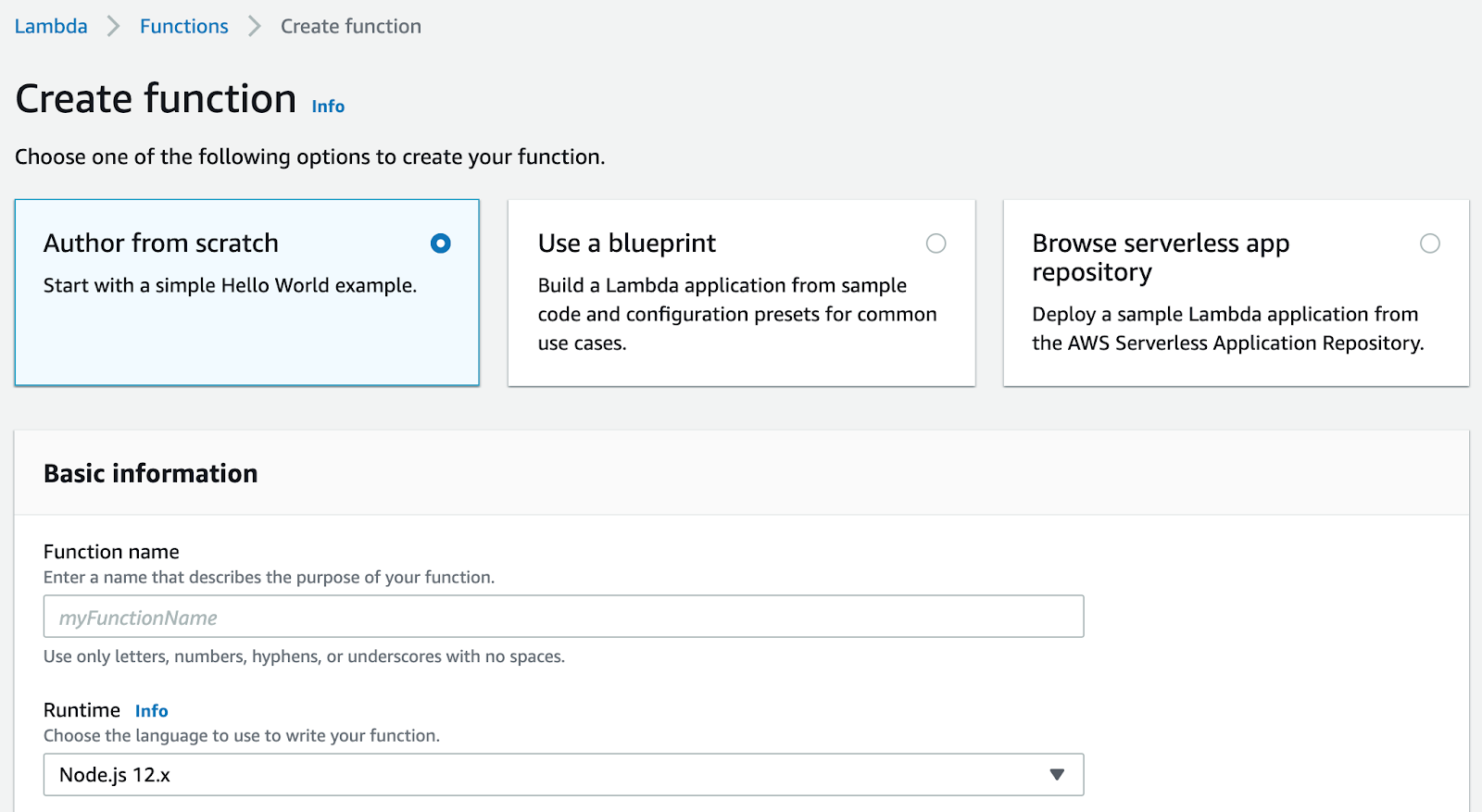
You’re using console.log() to print the string to the terminal, which uses () in its implementation and unless you call (…), the default encoding for stdout will be UTF-8 (because, practically speaking, that’s what terminal emulators support). Yes, that’s ÊÅ^N encoded as ISO-8859-1 (which is known as latin1 in Node v6+, and binary before). Which is exactly the 3 bytes 0xca, 0xc5, 0x0e That is the output that you get, though: The string ÊÅ^N – encoded as UTF-8. buffer2 : would expect as output something like: ÊÅ^N

Var buffer2 = buffer1.slice(7, buffer1.length) Ĭonsole.log("buffer2 : " + buffer2.toString()) īelow is the output.

Var buffer2 = om(' // Copy buffer2's value to the specified position in buffer1.īelow is the output. Message = "buffer1 is bigger than buffer2." īelow is the output of the above code. Message = "buffer1 is smaller than buffer2" Var buffer2 = om('// Compare two buffer value. Create the second buffer with a character string. Create the first buffer with a number string. Var buffer3 = ncat() Ĭonsole.log("buffer3 : " + buffer3.toString()) īelow is the output. Var buffer2 = om((' is a very good website.')) Read the first 10 character of the buffer.Ĭonsole.log("buffer first 10 character : " + buffer.toString('utf8', 0, 10)) īelow is the output of the above code. Write a string to the buffer and return the buffer length.Ĭonsole.log("buffer length : " + length) Create a buffer, allocate 25 character space. Var buffer6 = om('tést', 'latin1') Ĭonsole.log("buffer6 length = " + buffer6.length) īelow is the output of the above code. Create a Buffer object contains Latin-1 encoding character. Ĭonsole.log("buffer5 = " + buffer5.toString()) Ĭonsole.log("buffer5 length = " + buffer5.length) Create a Buffer object contains UTF-8 encoding character. Ĭonsole.log("buffer4 = " + buffer4.toString()) Ĭonsole.log("buffer4 length = " + buffer4.length) */Ĭonsole.log("buffer3 = " + buffer1.toString("utf-8")) Ĭonsole.log("buffer3 length = " + buffer3.length) This method is faster than Buffer.alloc(),But the return Buffer may contain old data,So need to use fill() or write() method to overwrite. * Create a uninitialized Buffer object with size 10. Create a Buffer object with size 100, filled with 0x1.Ĭonsole.log("buffer2 = " + buffer1.toString("hex")) Ĭonsole.log("buffer2 length = " + buffer2.length) Create a Buffer object with size 10, filled with 0.Ĭonsole.log("buffer1 = " + buffer1.toString("utf8")) Ĭonsole.log("buffer1 length = " + buffer1.length)
Nodejs buffer to string how to#
The below code shows an example of how to create a Buffer object in Node JS. string1 is a english string totally.īuffer1 to base64 = aGVsbG8gZGV2MnFhLmNvbQ=īuffer2 to base64 = 5L2g5aW9IGRldjJxYS5jb20= 2. Var buffer2 = om(string2, 'utf-8') Ĭonsole.log("buffer2 to ascii = " + buffer2.toString('ascii')) Ĭonsole.log("buffer2 to utf-8 = " + buffer2.toString('utf-8')) Ĭonsole.log("buffer2 to base64 = " + buffer2.toString('base64')) īelow is the output when executing the above code.

Var buffer1 = om(string1, 'ascii') Ĭonsole.log("buffer1 to ascii = " + buffer1.toString('ascii')) Ĭonsole.log("buffer1 to utf-8 = " + buffer1.toString('utf-8')) Ĭonsole.log("buffer1 to base64 = " + buffer1.toString('base64')) Ĭonsole.log("string2 contains chinese character, so need to use utf-8 encoding to create the Buffer object.") console.log("string1 is a english string totally.") By using explicit character encoding, you can switch between the Buffer instance and the normal JavaScript string. The Buffer instance is typically used to represent the sequence of encoded characters, such as utf-8, ucs2, base64, or hexadecimal encoded data.


 0 kommentar(er)
0 kommentar(er)
